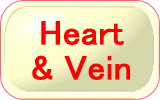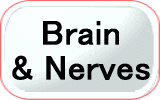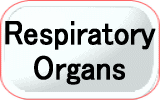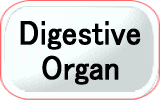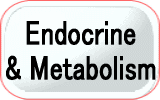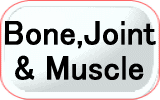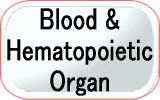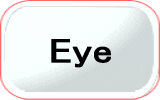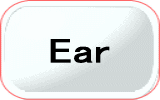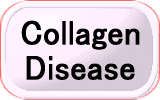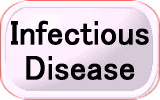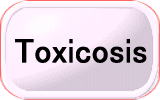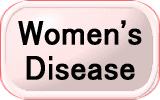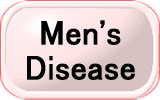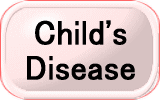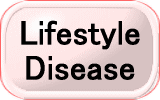|
How to diagnose Myocardial Infarction
|
There are two types of heart disease tests: general tests that are performed in daily preventive medical examinations, and urgent tests that are performed due to the occurrence of seizures.
The tests themselves include non-invasive tests that do not pierce the body directly with a needle or insert a tube, and invasive tests that pierce the body with a needle or insert a tube. A non-invasive test is usually performed, and if any abnormality is found, an invasive test is also performed.
When testing for heart disease, a doctor will first ask you a question or auscultate. Blood pressure is measured because high blood pressure is one of the causes of heart disease.
It is data for knowing the current state of the heart and determining the effect of drugs such as antihypertensive drugs. If any of these are abnormal, proceed to electrocardiography.
In electrocardiography, three waveforms, P wave, QRS complex, and T wave, are measured. The P wave indicates the electrical excitement of the atrium, and the QRS complex indicates the electrical excitement of the ventricle. The T wave is the waveform when the electrical excitement of the ventricles is restored.
When there is something wrong with the heart, a waveform peculiar to the abnormality appears, so a doctor can judge the heart disease and its progress by looking at the electrocardiogram.
For the diagnosis of ischemic heart disease such as angina, a measurement called exercise electrocardiography is performed while exercising the prescribed exercise and putting a burden on the heart. Measure the electrocardiogram while doing a light exercise like walking on a conveyor belt.
Even with angina, which has not led to myocardial infarction, there seems to be no special change in electrocardiogram measurement in a quiet state without chest pain, but in exercise electrocardiogram, a pattern peculiar to angina appears. Therefore, you can make a correct diagnosis of angina.
The heart disease tests that can be performed at ordinary clinics are as described above, but in addition to these, echocardiography (echocardiography), chest X-ray examination, cardiac catheterization, coronary angiography, and cardiovascular medicine There are methods such as inspection, CT, and MRI measurement. Multiple of these tests may be done, such as in the event of a real myocardial infarction attack.
|










